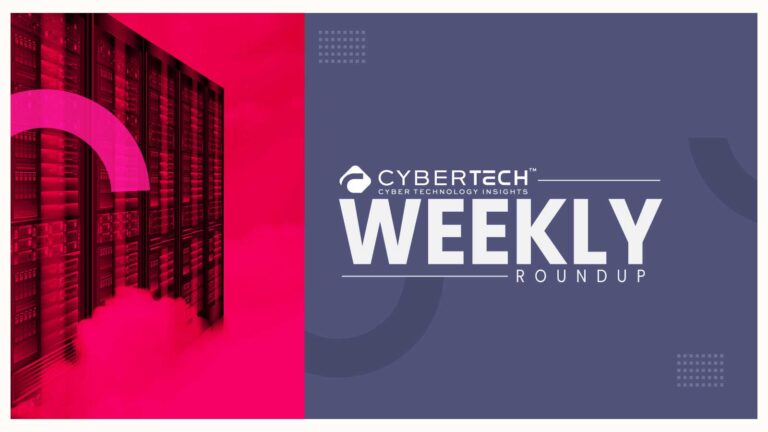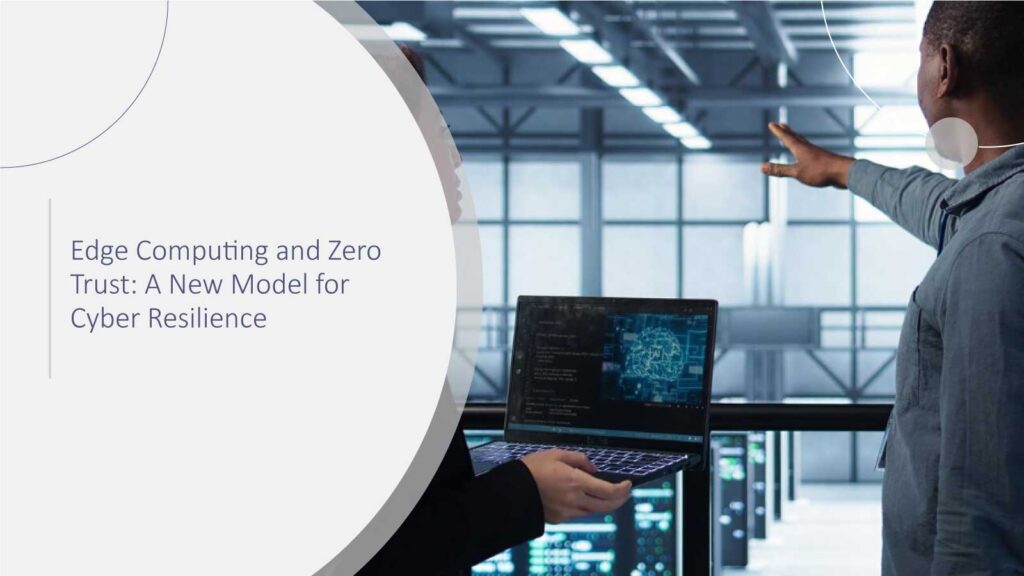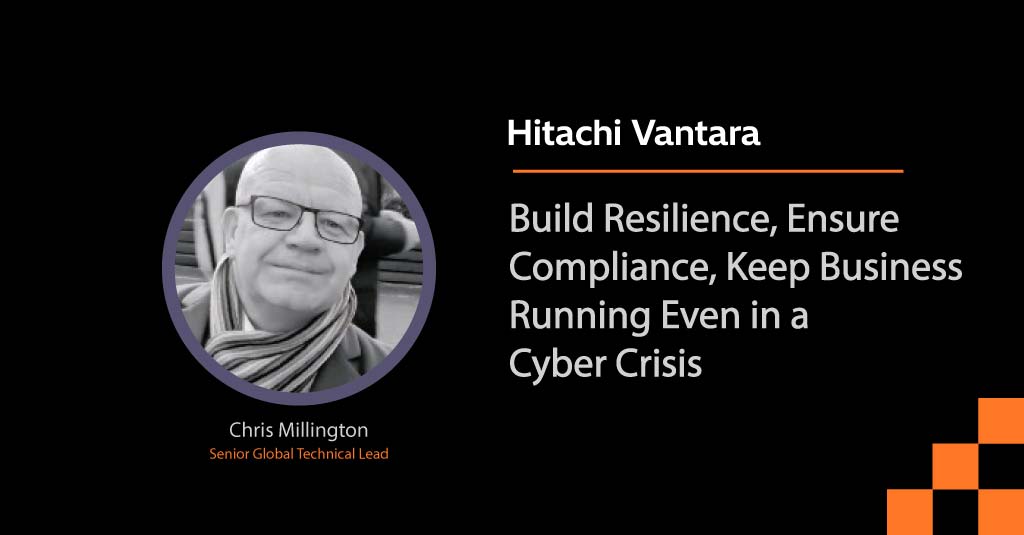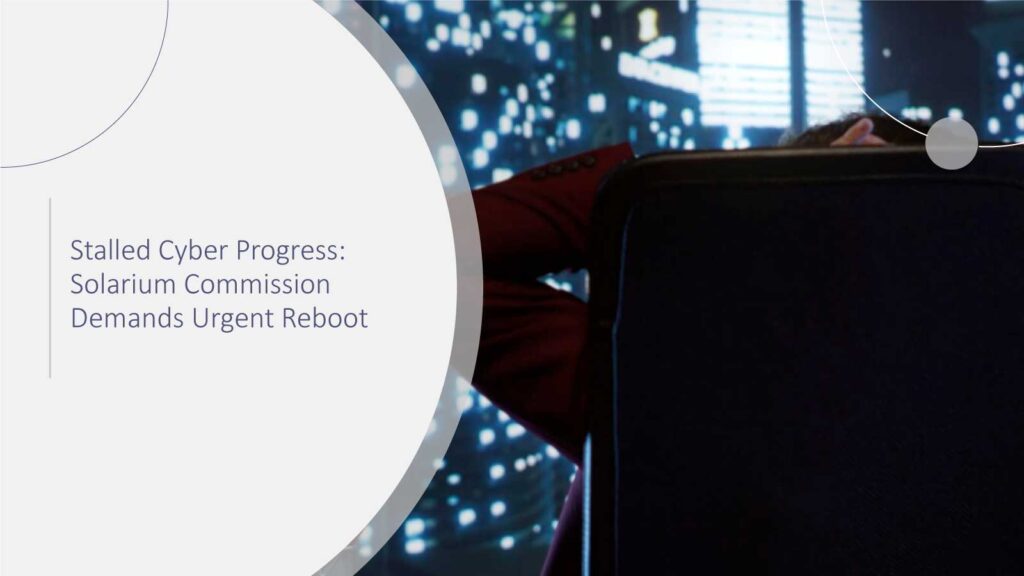The healthcare sector in the United States has embraced mobile technology with open arms, and for good reason. Mobile devices have revolutionized care delivery, enabling remote consultations, real-time data sharing, and expanded access to services. This is especially true in home healthcare, where traveling nurses and field-based care teams rely almost exclusively on mobile devices to deliver care directly to patients. Unlike hospital-based clinicians who still benefit from fixed infrastructure, these professionals operate entirely in the field, making them even more mobile-dependent.
In fact, home healthcare teams were early adopters of mobile device management (MDM) solutions, often well ahead of hospitals and traditional doctor’s offices. This trend suggests they will also be among the first to adopt mobile threat defense (MTD), a critical evolution as mobile phishing becomes a leading threat vector.
But with great convenience comes great risk. The same mobile infrastructure that powers innovation and agility is now a primary attack surface for cybercriminals. And among the most insidious threats facing healthcare today is mobile phishing, a rapidly growing vector that exploits the unique vulnerabilities of mobile devices and the behaviors of their users.
Recommended CyberTech Insights: Fast Data Recovery and Business Recovery to Take Centerstage During Cybersecurity Awareness Month
Healthcare’s Mobile Moment and Its Blind Spots
Healthcare’s digital transformation has been accelerated by mobile adoption. Mobile health apps, IoT-enabled monitoring devices, and cloud-based platforms have created a more connected and responsive ecosystem. These tools allow providers to deliver care beyond the walls of hospitals and clinics, improving outcomes and reducing costs.
However, this transformation has outpaced the sector’s cybersecurity posture. Historically, healthcare organizations have prioritized access and agility over resilience and control. IT teams are often stretched thin, and security budgets lag behind those of other critical industries. As a result, mobile devices, despite being among the most common endpoints, are frequently underprotected and under-monitored.
This oversight is not just a technical gap; it’s a strategic vulnerability. Healthcare data is among the most valuable on the black market, and attackers know that mobile endpoints offer a direct path to sensitive information, operational systems, and even patient care workflows.
Recommended CyberTech Insights: Why Managed Intelligence Providers Are the New Strategic Partner
The Rise of Mobile Phishing
Zimperium’s latest Global Mobile Threat Report reveals a stark reality: 39% of mobile threats targeting healthcare organizations are phishing-related. That’s nearly ten times higher than the next most affected sector, higher education where phishing accounts for just 4.2% of mobile threats.
This disproportionate exposure is no accident. Mobile phishing is uniquely effective because it exploits both technical limitations and human behavior. On mobile screens, traditional red flags like suspicious URLs or sender details are harder to spot. Users are more likely to trust messages received via SMS, WhatsApp, or other messaging apps, especially when they appear to come from internal contacts or trusted institutions.
Moreover, mobile phishing isn’t limited to email. Attackers now use SMS (smishing), messaging apps, QR codes, and even malicious mobile apps to deliver payloads. These vectors bypass traditional email filters and exploit the fragmented nature of mobile security controls.
In fact, Zimperium’s research shows that users are 6 to 10 times more likely to fall for an SMS phishing attack than an email-based one. That’s a staggering statistic, especially in a sector where every click could compromise not just data, but lives.
Recommended CyberTech Insights: 4 Ways to Ensure IT Project Success with a Consulting Firm
From Data Breach to Patient Harm
The consequences of mobile phishing go far beyond stolen credentials or leaked records. These attacks are increasingly used to deploy ransomware, disrupt operations, and paralyze critical systems. And in healthcare, operational downtime can be deadly.
A 2024 study from the University of Minnesota Medical School found that patient mortality can increase by 17–26% following a ransomware attack. The reason? Administrative paralysis. When systems go down, care coordination suffers, diagnostics are delayed, and emergency responses are hindered. In some cases, hospitals have had to divert patients or cancel procedures—decisions that can have life-or-death consequences.
Mobile phishing is not just a cybersecurity issue, it’s a patient safety issue. And it demands the same level of urgency and investment as any other threat to clinical care.
Recommended CyberTech Insights: Maybe Not This Table? Navigating the New Reality for CISOs in the Age of AI
What CISOs and Decision-Makers Must Do
To address this growing threat, healthcare leaders must rethink their approach to mobile security. Here are five strategic imperatives for CISOs and decision-makers:
- Educate Staff on Mobile-Specific Phishing Tactics
Security awareness training must evolve. Staff should learn to recognize phishing attempts across SMS, messaging apps, and QR codes, not just email. - Implement Zero Trust Architectures
Mobile devices should not be implicitly trusted. Enforce strict access controls, continuous authentication, and device posture checks. - Monitor and Manage Mobile Endpoints at Scale
Use unified endpoint management (UEM) tools to gain visibility into mobile device usage, enforce policies, and respond to threats quickly. - Integrate Mobile Security into Incident Response Plans
Ensure that mobile threats are accounted for in your IR playbooks. Simulate mobile phishing scenarios and rehearse cross-functional responses.
Mobile technology has unlocked extraordinary potential in healthcare, but it has also introduced new risks that cannot be ignored. Mobile phishing is a clear and present danger, one that threatens not just data integrity but the very delivery of care.
Cybersecurity leaders must act decisively. By investing in mobile-specific defenses, educating users, and integrating mobile security into broader risk strategies, healthcare organizations can protect their patients, their data, and their mission.
The stakes are high, and the time to act is now.
Recommended CyberTech Insights: How GDPR Is Reshaping Cyber Risk in the AI and Cloud Era?
To participate in our interviews, please write to our CyberTech Media Room at sudipto@intentamplify.com







